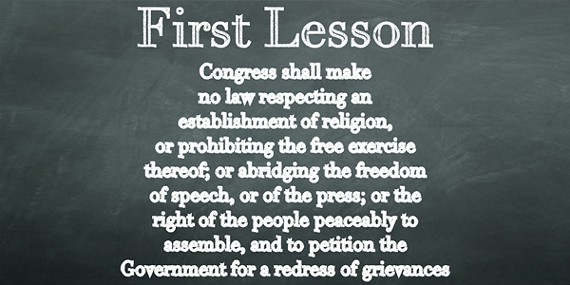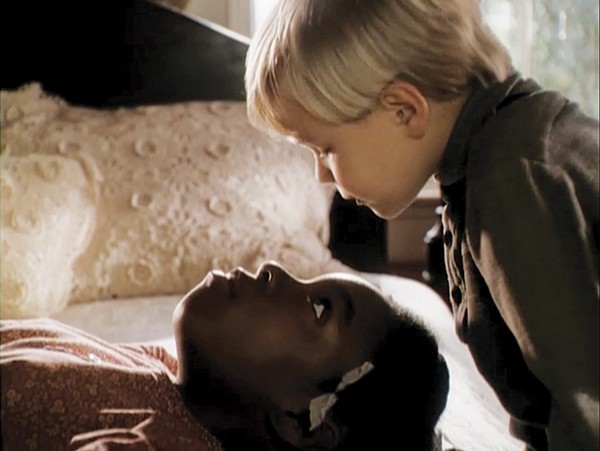Amendment I. Congress shall make no law respecting an establishment of religion, or prohibiting the free exercise thereof; or abridging the freedom of speech, or of the press; or the right of the people peaceably to assemble, and to petition the government for a redress of grievances.
The foregoing words are those of the First Amendment to the United States Constitution, an afterthought, as it were, to the hard work, good intentions, and labored-over compromises of the delegates from 13 heretofore independent colonies that had presumed to be independent states of the European kind and had adhered up to that point to a looser compact, the so-called Articles of Confederation.

It was taken for granted by the representatives in Philadelphia of these far-flung entities that the casual sort of association created by the Articles just wouldn’t do to protect the newly won independence of any or all of them. That is why they had agreed to meet in convention and why they availed themselves of guidance from the likes of George Washington, the military leader who had guided their revolt against British authority, and Jefferson, Madison, Adams, and the rest of those illustrious sorts who, in our own time, go by the name of Founding Fathers.
It was recognized that the 13 states so joined would have conflicting interests, the most obvious of which was slavery, an institution so glaringly in conflict with the ideals of a “more perfect union” that it would need, ultimately, to be abolished by the sword, at the cost of hundreds of thousands of lives, North and South, and of an economic devastation of the latter territory that would take a century or more to repair.
Once that Civil War was ended and the union restored, virtually the first order of business was a series of new constitutional amendments, the 13th through 15th, all designed to safeguard the “new birth of freedom” that a martyred president had spoken of in the course of the war.
Interpreting those new anti-slavery amendments has, all things considered, been the major focus of Supreme Court concern ever since, and resistance to them has, more or less successfully, been contained by the liberty of expression guaranteed in that very first amendment cited above. Differences of opinion on the subject of equality still do exist, unfortunately, and they are protected by that amendment.
There are limits to free expression, however, and the Court’s 1919 decision in Schenck v. United States, spells them out succinctly as prohibiting dangerous speech, defined by Justice Oliver Wendell Holmes as “shouting ‘fire’ in a crowded theater.”
Last weekend’s actions by the faux confederates and neo-Nazis who bore torches and arms to Charlottesville, Virginia, in a deranged last stand in defiance of both equality and free discourse, an un-peaceable assembly that began in violence and ended in murder, was clearly well beyond the limits prescribed by Justice Holmes, and it is likely to generate an updated definition of the limits of public expression.
We do not have to guess at the consequences of such actions, after all. The legacy of the aforesaid Civil War and the ravages of the Second World War are testament enough to them.
